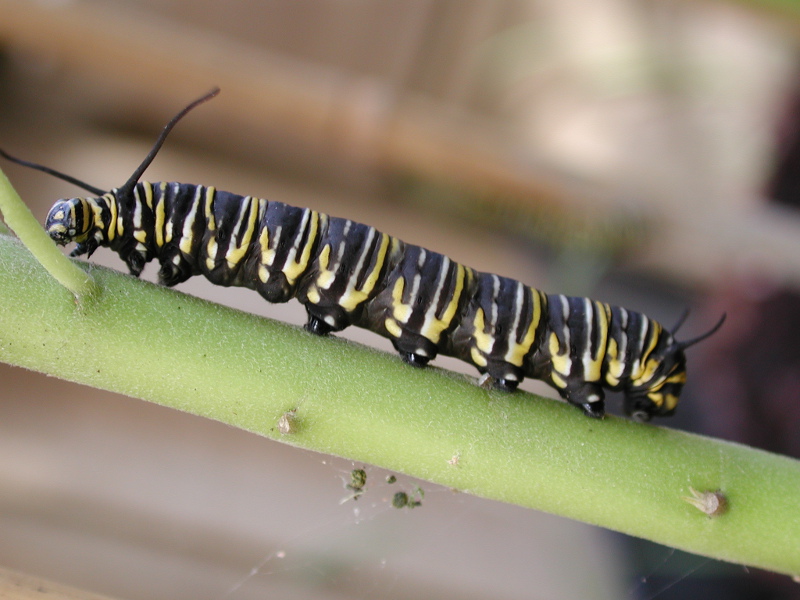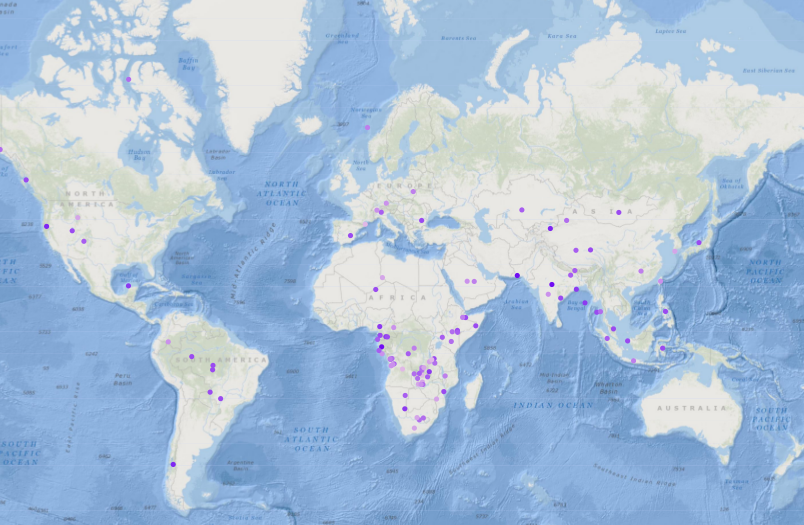Modeling Chagas disease vector infection prevalence: incorporating life history characteristics and community composition
Authors: Carolina Cabrera, Nicole L. Gottdenker Abstract Multihost vector-borne pathogens play an important role in human and veterinary public health worldwide, and understanding factors that drive their transmission is critical to the development of vector-borne disease prevention and control. Two potentially important drivers of multihost vector-born pathogen transmission are 1) the community composition of reservoir







